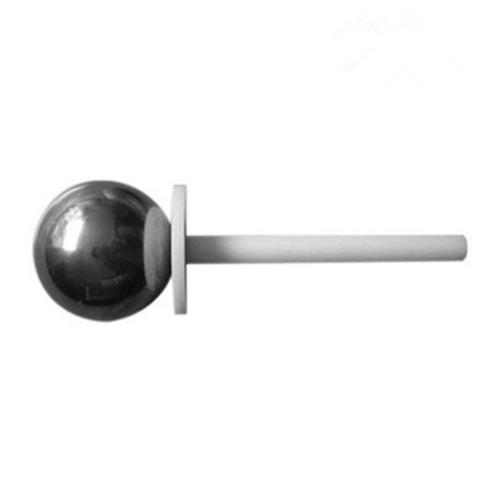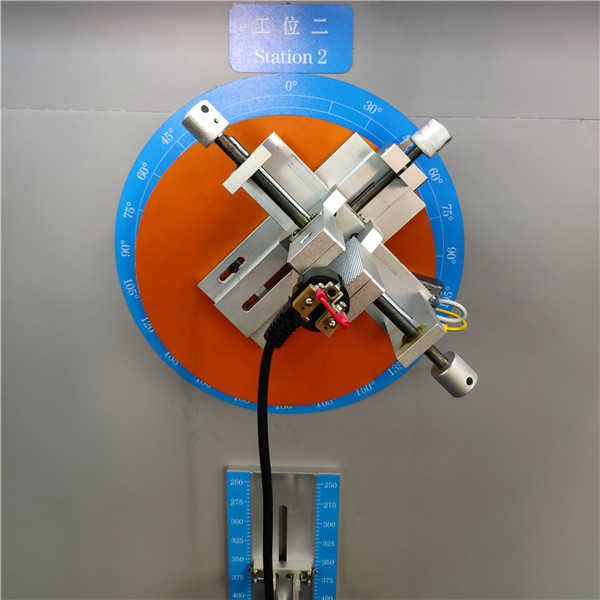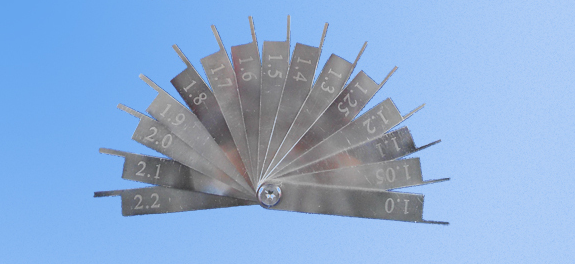Mastering Tensile Force: The Ultimate Guide
Ever think about how skyscrapers remain upright or why your preferred superhero's costume doesn't tear during a fight? Well, the answer comes down to something called tensile force. It's really interesting topic. Tensile force is what keeps material from elongating or being pulled apart. It's super important in engineering, physics, and the study of materials. Therefore, in this article, we are going to examine tensile force, what it's all about, how it's used, and the scientific aspects that explain it.

Resilience is like how much force something can withstand before it collapses or alters its form. In the context of tensile force, Resilience refers to the highest level of tension a material can withstand before it collapses.
Take steel, for instance. Extremely robust and highly suitable for the construction of large structures such as bridges and tall buildings. But, Materials like rubber, which are not as sturdy, are more suitable for applications that require flexibility or adaptability over bearing great tension.

Stress is kind of like what's happening inside a material when it's being pushed on or pulled. To clarify, stress refers to the total amount of force exerted on a given area. You find it by dividing the force by the size of the area.
If the stress gets too high and goes past what the material can handle, it can break. Understanding stress is of paramount importance in engineering, as it assists us in determining how structures will endure various pressures.

Elasticity is the property that allows materials to return to their original shape after being bent or stretched. As materials are stretched or compressed, they tend to 'accumulate' energy in a manner similar to that of a rubber band.
But, when you stop moving forwards or backwards, it lets out the energy and returns to its original shape. This is why you can utilize items such as springs and rubber bands—they require that elasticity.

Cracking or Breaking is what happens when an object becomes damaged or splits from being stretched too much. It's really important in engineering to determine how stuff breaks so we can construct items that are secure and dependable.
There are various types of failures, like the abrupt type that happens with no bending or the flexible type that breaks after it's stretched out. If we comprehend the way objects break, we can enhance the durability of items and more enduring.
- KINGPO will meet you at the 92nd China International Medical Equipment (Autumn) Expo in 2025
- Is defibrillation protection testing done correctly?
- KingPo Delivers and Installs State-of-the-Art Dust Chamber in Korea, Enhancing Local Testing Capabilities
- What are the key differences between ISO 80369-7 and ISO 594?
- ISO 80369-7 Luer Gauge Checklist
- What are the implications for manufacturers transitioning from ISO 594 to ISO 80369-7?
- KINGPO 2024 R&D Results Report
- ISO 594 is replaced with ISO 80369
- ISO 80369-7:2016 Connectors with 6% (Luer) taper for intravascular or hypodermic applications What is the ISO 80369-7 standard? What happened to ISO 594-1 and ISO 594-2?
- Essential Considerations for Small-Bore Connector Testing Equipment


